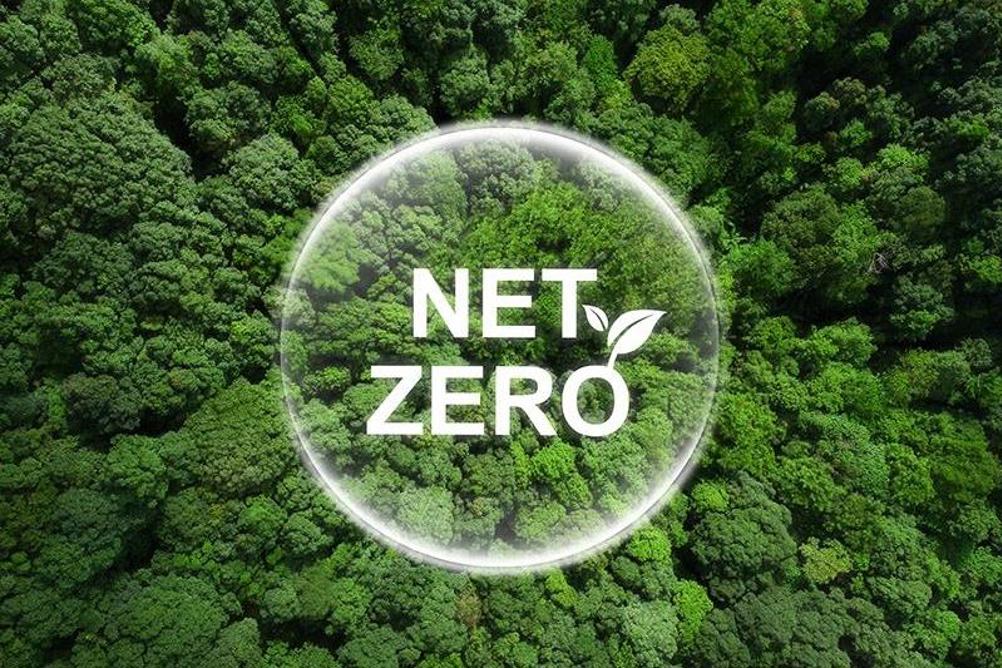Before venturing into carbon credits, I spent years in waste management, working across production facilities, farms, landfill sites, and biogas plants. The challenges of achieving true zero waste were eye-opening, often leading me to question whether complete waste elimination was realistic.
This skepticism paved the way for “Near-Zero-Waste” as a more practical goal. Unlike emissions, which can be offset, waste can only be reduced—a fundamental limitation.
The parallels with emissions management are striking. The “Net Zero” concept, while ambitious, is underpinned by a critical difference: after minimizing emissions across energy, transportation, agriculture, and manufacturing, the remaining balance can be offset through carbon removal, creating a net-neutral scenario.
The journey to Net Zero requires foundational shifts: transitioning energy to renewables, eliminating fossil fuels in transportation, adopting low-emission agricultural practices, and integrating carbon capture in heavy industries. While atmospheric carbon removal isn’t a standalone solution, when combined with these efforts, achieving Net Zero is not just aspirational—it’s entirely possible.
Net Zero, like Near-Zero-Waste, is a demanding yet feasible goal if approached with the right investments and systemic changes. What do you think—is Net Zero achievable? Let’s discuss!


